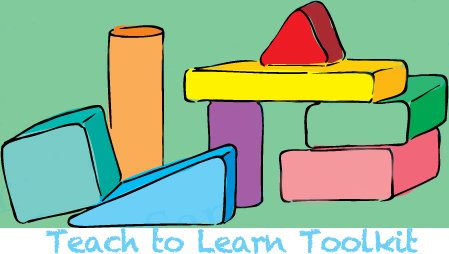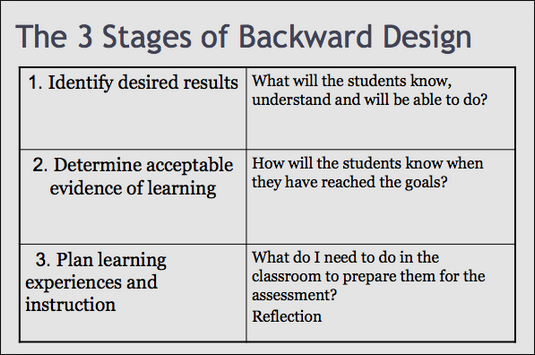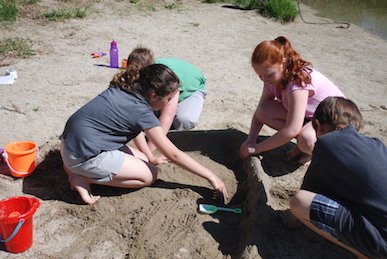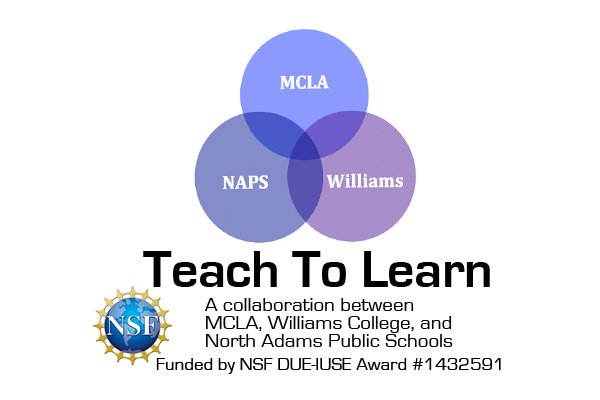Section V

Section V - Curriculum
Development
The development of the T2L Science Curriculum has taken place each summer as we are working towards creating a set of three units per grade level (K-7) that will cover most of the new NGSS-aligned Massachusetts Science Standards.
We have been using a modified version the the Wiggins & McTighe Understanding by Design unit template to get the planning process started. North Adams Schools curriculum administrators put together the standards, essential understanding (drawn from the NGSS disciplinary core ideas), and write unit-level student learning objectives. Teams of Science Fellows, T2L project staff, and Classroom Teachers work together to develop curriculum during the summer months. The core of the unit development is completed by the Science Fellow in collaboration with the Classroom Teacher.
One of the first tasks of the Science Fellows and Classroom teachers in creating a new science unit is to develop the essential questions for the unit, along with a first draft of the learning plan (i.e. the sequence of lessons that will need to be developed to support the unit-level students learning objectives.) We have found the following book chapter from ASCD a helpful tool in building understanding about what makes a good essential question.
ASCD Resources on Essential Questions
We spend some of our summer professional development focus on the backward design approach to unit development, and specific components of that approach such as the development of essential questions, unpacking the science standards, and the development of student learning objectives. (See Section VI Professional Development below.)
To assist them with backward design, the Science Fellows and Classroom Teachers also have available a bank of questions related to the science standards for their unit that exemplify the types of questions students should be able to answer at the completion of the unit. North Adams Public Schools curriculum administrators put together these sample questions based on our state science exams, and an NGSS-aligned test item bank purchased by the district.
Program staff provide feedback on unit plans before the Science Fellows and Classroom Teachers begin their main work of developing lessons. We encourage them to gather lessons plans and ideas from multiple sources to assist them in their work. One of the documents below lists these resources.
Program staff use the Science Unit Review Protocol below to review the drafts of each unit both during its development and for the final phase of copy editing before publication.
Files:
Resources for Science Curriculum Development

Revisions
As each unit is implemented, Classroom Teachers and Science Fellows discuss how each lesson went and the Classroom Teacher completes a T2L Lesson Feedback Form (see Sections IV Logistics above). In the first year of implementation we tried gathering feedback on lessons during end-of-term meetings with the Classroom Teachers as well as written feedback questionnaires collected after the unit had been taught. We found that this retrospective approach yielded little constructive feedback except from the most conscientious teachers. We now collect the individual Lesson Feedback Forms once or twice during the semester as each unit is being taught.
Program staff review these feedback sheets and develop a detailed list of changes to be made to improve each unit. Not all changes teachers suggest are implemented. Program staff, and especially the T2L staff from the North Adams Schools, thoroughly analyze teachers’ suggestions to ensure that they align with the standards, maintain the integrity of the unit objectives, and would be helpful to the Science Fellows and Classroom Teachers who will implement the unit in the future (i.e. that they are not idiosyncratic to a particular classroom or teaching style).
During the summer curriculum development program, the first task for the summer Science Fellows is to revise the units taught the previous year based on the revision tasks outlined by the T2L program staff. This enables the Science Fellows, who may or may not be familiar with the T2L unit structure and expectations, to work through a completed unit and develop a sense of what they will need to do when they begin to create new units from scratch. Below is an example of one of the revision plans T2L staff provided to the summer Science Fellows to guide their revision work.

File:
T2L Grade 4 Weathering and Erosion Task List
Curriculum Units
The files below are the units we have completed thus far. We will beadding to this section each summer as we complete new units. You can access additional units that we have developed and implemented, but that have not yet undergone our revision process at the North Adams Public School Website.
It should be noted that in January of 2016 Massachusetts adopted new Science and Technology Standards which are based on, but not identical to, the NGSS standards. Any standards in the units that have an “MA” after them have been added to the NGSS by Massachusetts. Other standards are identical to NGSS standards, sharing the same numbering system. Not all NGSS standards are included in the Massachusetts standards. Some units may also contain italicized science standards. These are the “old” (pre-NGSS) Massachusetts science standards. Our state science tests have not yet transitioned to the new Massachusetts science standards, so we are advising teachers to address the old standards as well when they are related to the new NGSS-aligned standards.
The units contain references to Massachusetts’ Standards for Literacy in History/Social Studies, Science, and Technical Subjects which are derived from the national Common Core Standards. Most of the T2L units contain science literacy lessons, and/or incorporate literacy standards into individual lesson activities. Especially for elementary generalist teachers, we have found that teaching integrated units of science and literacy makes it much more likely that science curriculum is delivered.
Finally you will see in some units references to tiered vocabulary and language objectives. We are slowing trying to build examples of these supports for building academic language skills into our T2L units. These supports benefit not only our English-language learners, but all students with significant language deficits (e.g. many of our students from low income families).

